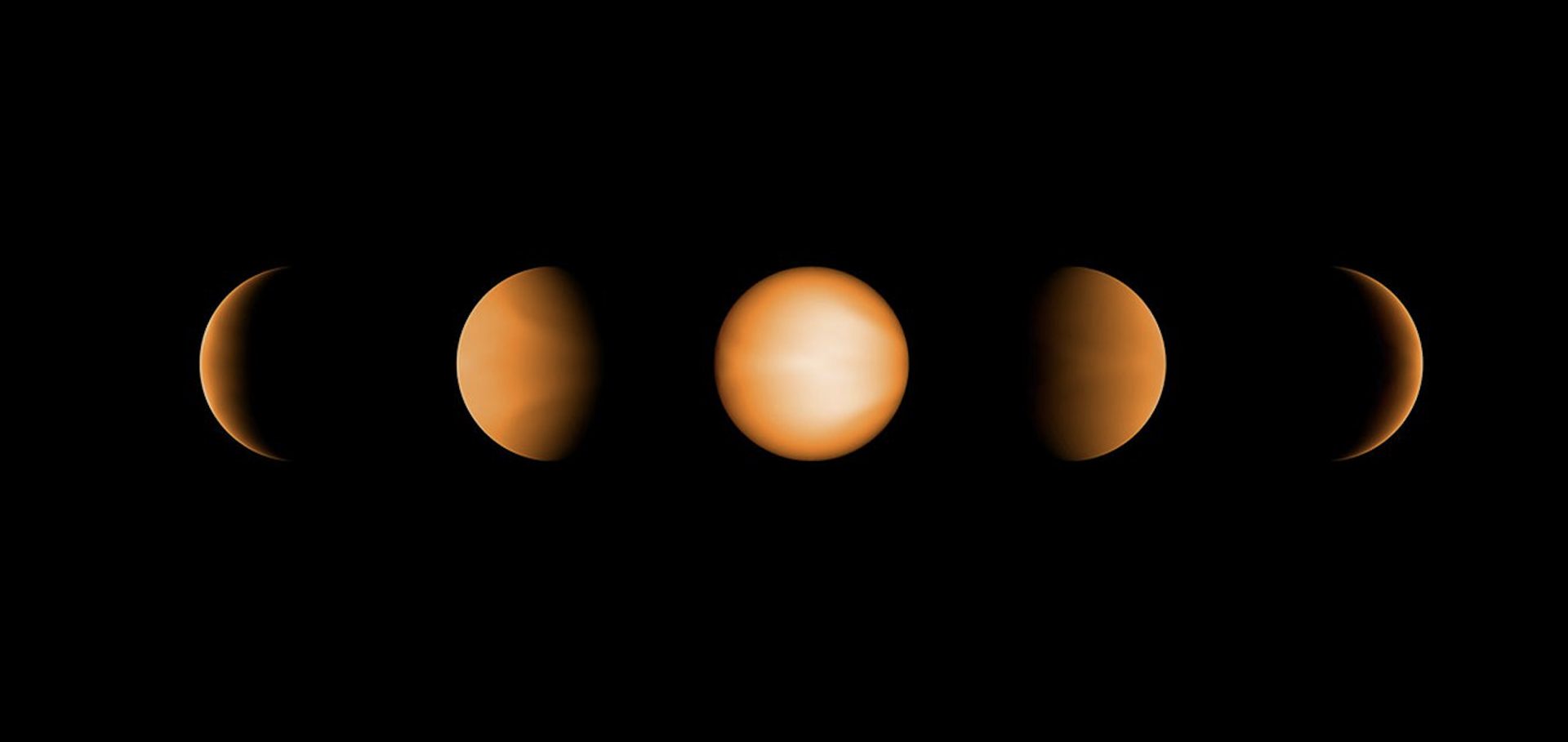The impact of mixing treatments on cloud modelling in 3D simulations of hot Jupiters
Monthly Notices of the Royal Astronomical Society Oxford University Press (OUP) 506:3 (2021) 4500-4515
Abstract:
Erratum: “Vertical Tracer Mixing in Hot Jupiter Atmospheres” (2019, ApJ, 881, 152)
The Astrophysical Journal American Astronomical Society 917:2 (2021) 112
The Air Over There: Exploring Exoplanet Atmospheres
Elements Mineralogical Society of America 17:4 (2021) 257-263
Decomposing the iron cross-correlation signal of the ultra-hot Jupiter WASP-76b in transmission using 3D Monte Carlo radiative transfer
Monthly Notices of the Royal Astronomical Society Oxford University Press (OUP) 506:1 (2021) 1258-1283
Simulating gas giant exoplanet atmospheres with Exo-FMS: comparing semigrey, picket fence, and correlated-k radiative-transfer schemes
Monthly Notices of the Royal Astronomical Society Royal Astronomical Society 506:2 (2021) 2695-2711


